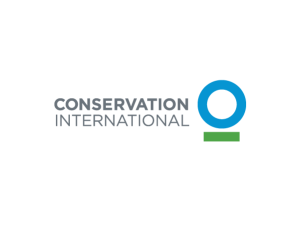In this blog posting, the co-owner of a major branding firm explains that in developing a new corporate identity, graphic designers must strategically choose between abstract or figurative representation to address the design problem.
When a graphic designer sits down to create a symbol for an institution or a company, one of the most basic decisions to take is whether the image should be abstract or should represent something recognizable—a pictogram or even an illustration. One of the great developments of modernism in design—and a development with which our firm has often been associated—is the turn towards abstraction in corporate identity design.
He provides insight into the process that his firm undertook in redesigning the identity for a non-profit called Conservation International which decided to change its mission from “protecting nature for nature’s sake to protecting nature for the well-being of humanity,” thereby making its green silhouetted trees logo inadequate.
Because the organization’s name conveys a fairly accurate indication of its purpose, the design firm advocated a very simple blue circle underscored with a green line to pair with “Conservation International,” thinking, in part, that the new logo would be quickly recognized. Turns out, however, that the designers had to do a hard sell to get buy-in from the non-profit’s executives:
Although the design was made of two simple, basic shapes, their combination and proportions did not look familiar. … Once the mark cleared the worldwide trademark search, we were convinced we had a winner. However, our greatest challenge was still ahead: Having lived with and loved the previous logo, the decision makers found it extremely difficult to accept a simple, abstract form in its place. … We had to make the case that an effective mark can never express everything about an organization. Rather, a trademark is only a small part of an organization’s communications, and its most important task is to be an effective identifier. Finally, we developed a short animated piece for Conservation International, paying homage to the old mark while transforming it into the new design. The sequence started with a monkey sitting in a tree, followed by an expansion of the camera view—suggesting the expansion of the scope of the organization’s work—to other areas of conservation, including humans, and ended with the new trademark. With this animation, we were able to infuse the simple icon with passion, history, and rich meaning. It was, finally, this animation that helped Conservation International begin to transfer their own positive feelings from the old mark to the new.

